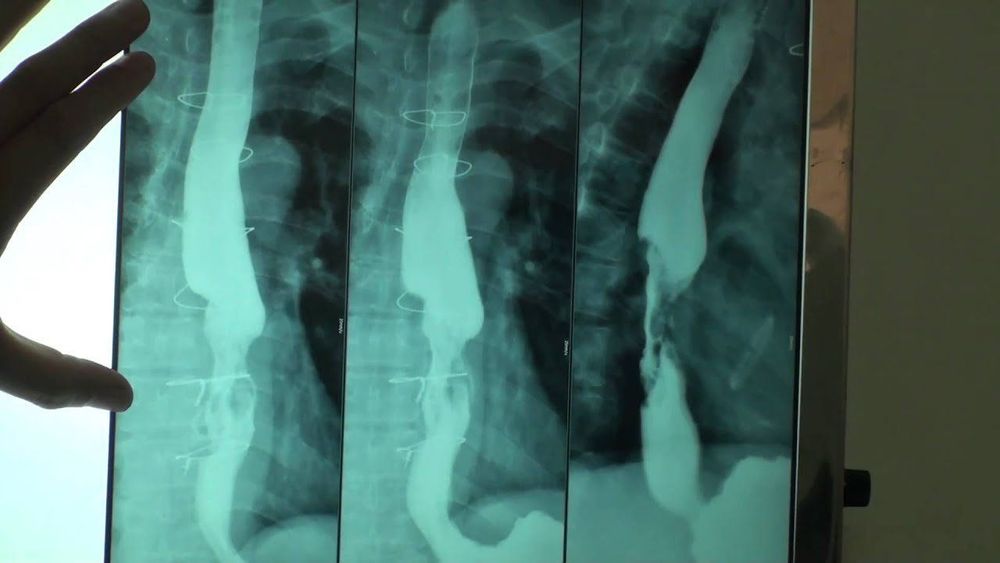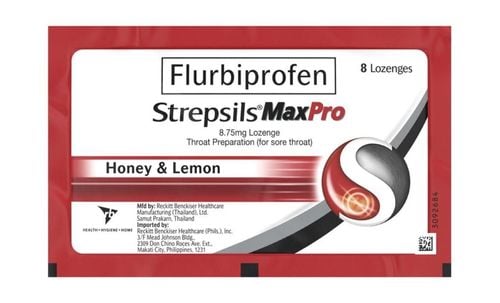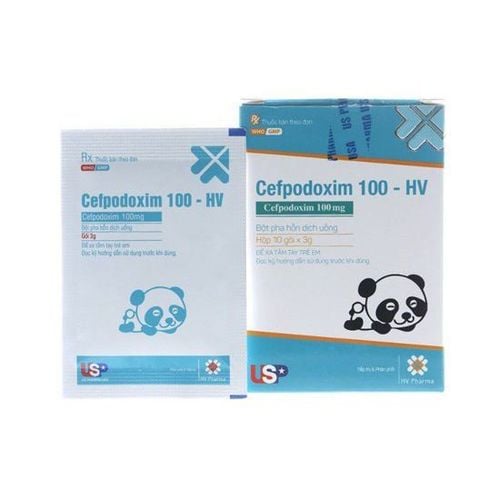This is an automatically translated article.
Posted by Master, Doctor Mai Vien Phuong - Department of Examination & Internal Medicine - Vinmec Central Park International General Hospital
Painful swallowing is relatively common. People of all ages can experience it. This symptom has many possible causes. Difficulty swallowing with pain is often a symptom of an infection or an allergic reaction. See your doctor if the pain is severe or if it interferes with eating, drinking, or breathing.
1. Causes of painful swallowing
The most common causes of painful swallowing are:
Common colds Influenza Chronic coughs Throat infections, such as strep throat Gastroesophageal reflux tonsillitis Other causes include Possible causes of painful swallowing include:
Swollen lymph nodes in the neck Throat injury An ear infection Swallowing large pills Improperly swallowing foods with jagged teeth, such as chips or crackers In one In rare cases, painful swallowing can indicate certain types of cancer, such as esophageal cancer.
2. What are the possible complications?
Conditions that cause pain when swallowing can lead to complications such as:Chest infection Worsening of a bacterial or viral infection Loss of taste, which can be temporary or permanent Swollen lymph nodes in the neck, it may be difficult to turn or tilt your head back Other symptoms may occur if you have an infection.
You may experience the following symptoms along with painful swallowing if you have an infection:
Fever Chills Headache Dry Cough Sweating Red, inflamed tonsils

Call your child's pediatrician if they experience the following symptoms along with painful swallowing:
Difficulty breathing Swallowing problems An unusual or significant amount of drooling Throat visibly swollen go to the hospital right away if you are an adult and experience the following symptoms:
Difficulty opening your mouth Swallowing problems More severe sore throat Difficulty breathing Schedule an appointment with your doctor if your swallowing pain occurs along with any of the following:
There is blood when you cough Symptoms that last a week or longer A hoarse voice that lasts more than two weeks Joint pain A lump in your neck Rash Always call your doctor if you experience any other symptoms that concern you.
3. Diagnose the cause of painful swallowing
When you visit your doctor, be sure to mention any symptoms you are experiencing. You should also let them know if any symptoms are new or getting worse. Describing all of your symptoms will help your doctor determine the cause of your pain.
If a physical exam is not enough to confirm a diagnosis, your doctor may order certain tests, such as the following:
A blood test called a complete blood count that measures the number of cell types different blood in your body. The results can help your doctor determine whether your body is fighting a viral or bacterial infection. MRI and CT scans can create detailed pictures of your throat, allowing your doctor to check for any abnormalities. These imaging tests may also be used to detect the presence of tumors in the throat. A throat swab with a cotton swab takes a sample of mucus from the back of your throat. This test can check for the presence of certain types of organisms in the throat that can cause infection. A sputum smear involves taking a sample of sputum, or sputum, and testing it for the presence of certain organisms. This simple, painless test can help your doctor determine if an infection is causing your painful swallowing. Barium esophagogram test
Barium esophagogram test to examine your esophagus. You get an X-ray after you swallow a special liquid that contains a harmless element called baryte.
Baryt temporarily covers your esophagus and shows up on X-rays, allowing your doctor to determine the path of food. A barium swallow test can tell your doctor whether food is moving from your mouth to your stomach properly.

4. Treatment of painful swallowing
Treatment for painful swallowing can vary depending on the cause of the pain. Your doctor will likely prescribe antibiotics to treat infections of the throat, tonsils, or esophagus. Your doctor may give you a mouthwash that can numb your throat while you take antibiotics.
This numbing agent helps block any pain you may feel when you swallow the pill. For severe pain, a throat spray can help numb the pain. Your doctor may also prescribe anti-inflammatory medications to reduce inflammation in the esophagus, throat, or tonsils.
If you frequently experience painful swallowing due to recurrent tonsillitis or if your tonsillitis does not respond to medication, your doctor may recommend surgical removal of the tonsils.
This surgery is called a tonsillectomy. This is an outpatient procedure, which means you can go home the same day as the surgery. You and your doctor can discuss your risks and determine if tonsillectomy is right for your condition.
5. Home Remedies
Over-the-counter (OTC) antacids can reduce esophagitis caused by acid reflux. However, your doctor will prescribe medications specifically designed to relieve symptoms if you have chronic acid reflux or gastroesophageal reflux disease (GERD). Taking an over-the-counter antacid is sometimes not enough to treat the symptoms of GERD.
Other treatments you can try at home include:
Drink lots of water. In addition to keeping you hydrated, drinking at least eight glasses of water a day also soothes and moistens your throat. Mix 1 teaspoon of salt with 250ml of water, then gargle at the throat. This helps reduce swelling and pain. Sip warm liquids, such as warm water or tea mixed with honey, to reduce swelling and sore throat. Avoid substances known to irritate your throat. These include allergens, chemicals, and cigarette smoke. Breathe in moist air
A humidifier is a machine that converts water into moisture that slowly fills the air. A humidifier increases the humidity in the room. Breathing in this moist air can soothe sore throats and relieve sore throats. Hot showers have the same effect.
Try herbal lozenges and teas:
Although they have not been scientifically proven to soothe a sore throat, lozenges and herbal teas can ease a sore throat. Examples include sage, licorice root, and honeysuckle. You can find these at your local drugstore or health food store.

What can you do now?
Try over-the-counter medications and home remedies for pain relief. You may have a temporary infection or illness that you can effectively treat at home. However, you should call your doctor if your pain becomes more severe or if your pain does not subside within three days.
You should also contact your doctor if you are experiencing any other symptoms that concern you. You can book an appointment with your doctors using our OneVinmec tool or call to book an appointment via the Vinmec health system call center.
Wash your hands often and avoid sharing eating utensils or drinking glasses with others to avoid possible infection. Drinking enough water and getting plenty of rest are also important to ensure your recovery.
Please dial HOTLINE for more information or register for an appointment HERE. Download MyVinmec app to make appointments faster and to manage your bookings easily.














